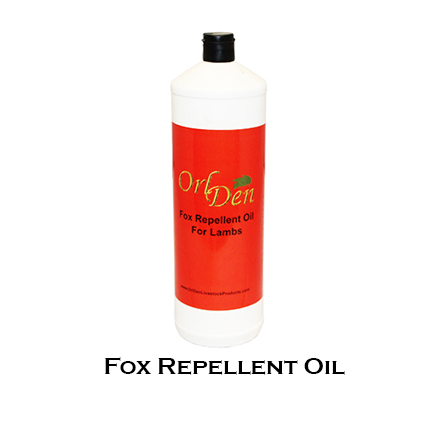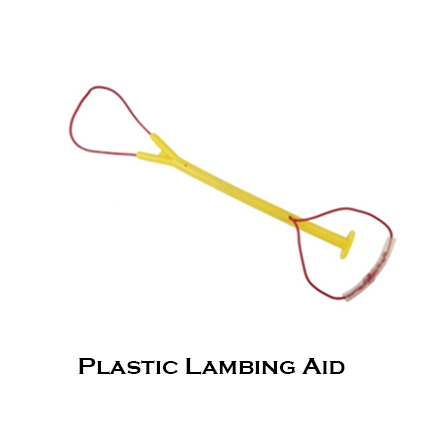
With lambing season in full swing, Agridirect.ie discusses the threat of fox predation, and outlines some ways that farmers can deter the threat.
Lambing season is now well underway in much of the country. These are difficult and exhausting days in the farming calendar, but they are also among the most rewarding. There are few things a sheep farmer enjoys more than seeing his flock expanding day by day.
The joy and the fear
That said, our joy is always tinged with anxiety, particularly when lambing takes place outdoors. Newborn lambs are easy pickings for predators. Birds of prey, mink and pine martens will all kill lambs in the first few days after birth; but perhaps the most common lamb-killer is the red fox.
A hungry predator
It is impossible to estimate the number of lambs lost to foxes on Irish farms every year, but it must be astronomical. I can scarcely recall a year when we didn’t lose at least one newborn to this most cunning predator.
Of course, we shouldn’t be too eager to vilify the fox. The vixen gives birth around this time of year, and she has to find food for them where easy meals are often hard to come by. This is why many farmers will put out offal or meat on their land. The theory goes that the fox will take the dead meat and be too full to bother with lambs. I know men who swear by this humane, but rather expensive, approach to predator deterrence.
Marking and docking
At any rate, if we hope to reduce the risk of fox attacks, it is important that we spend plenty of time with the flock. Foxes have a keen sense of smell, and they know the scent of humans. The more time you spend in the lambing field, the more reluctant a hungry fox will be to hunt within your flock. That said, as any poultry farmer can attest, a hungry fox will take big risks.
In addition to frequenting the field where yeaning takes place, it is important that you mark and dock lambs immediately after birth. The smell of the marking fluid can help to deter foxes.
Fox repellent oil
When docking and marking, you should also apply Fox Repellent Oil to your newborn lamb. This oil from the OrlDen range is highly regarded by sheep farmers, and is a highly effective way of preventing foxes from taking new born lambs. While the scent is pungent, it does not cause ewes to reject their lambs.
OrlDen maintains that Fox Repellent Oil boasts a 100% success rate, and while this may seem optimistic there is no doubting its general effectiveness. The oil is made from natural ingredients and is very easy to use. A single 500ml bottle will treat up to 80 lambs, making it a highly cost-effective means of repelling foxes.

Foxlight
For those farmers interested in a more technological solution to their fox problem, the Foxlight is an excellent and affordable product. We have used one on our farm in recent years, and found it very effective. In fact we have never lost a lamb in any field where the light was working.
Originally developed by an Australian farmer, the Foxlight promises to deter foxes and a host of other common farmland predators. It works by creating the illusion that a person is walking nearby with a torch, thereby frightening any potential predators away.
Unlike a regular flashlight, which the fox will quickly get used to, the Foxlight uses a series of blue, red and white LEDs controlled by a computer chip. This creates a totally random display that your fox cannot predict or become accustomed to.
Even better, the Foxlight is very portable. It can be placed on a pole, or attached to a fence, or even hung from a tree. It is visible for up to 1 mile away. The unit is sealed and weather resistant. The Foxlight is powered by a regular six-volt battery and a single battery can last for up to six months. Not bad at all!














